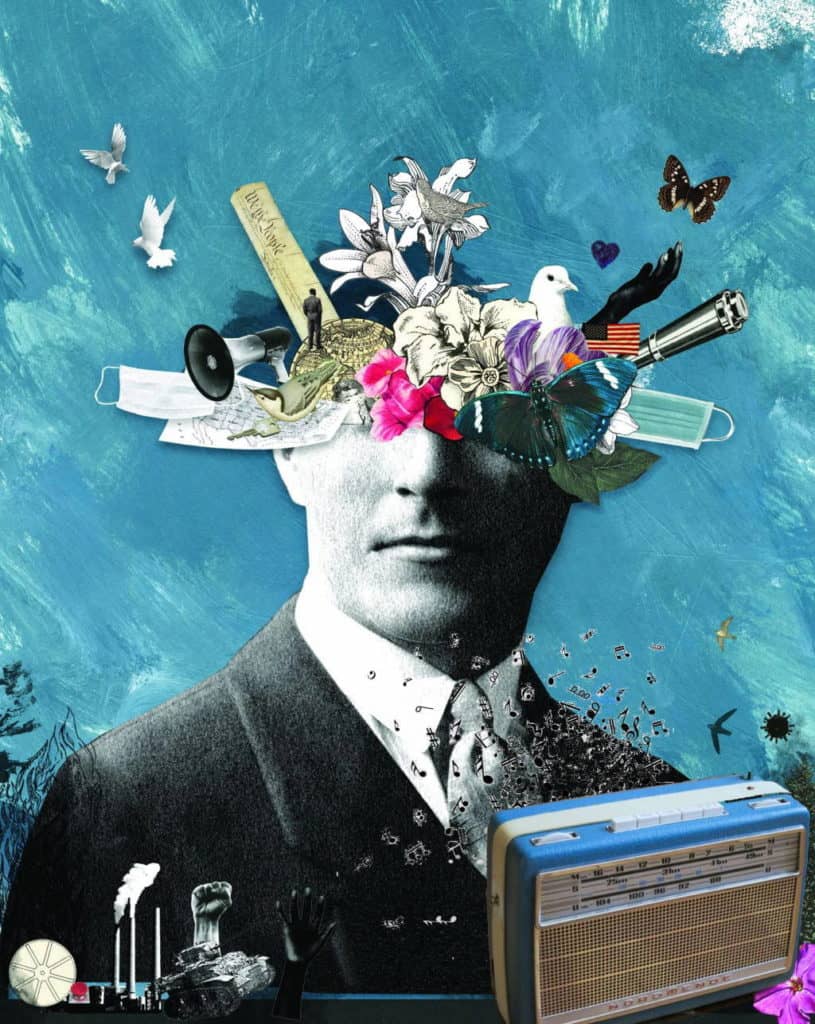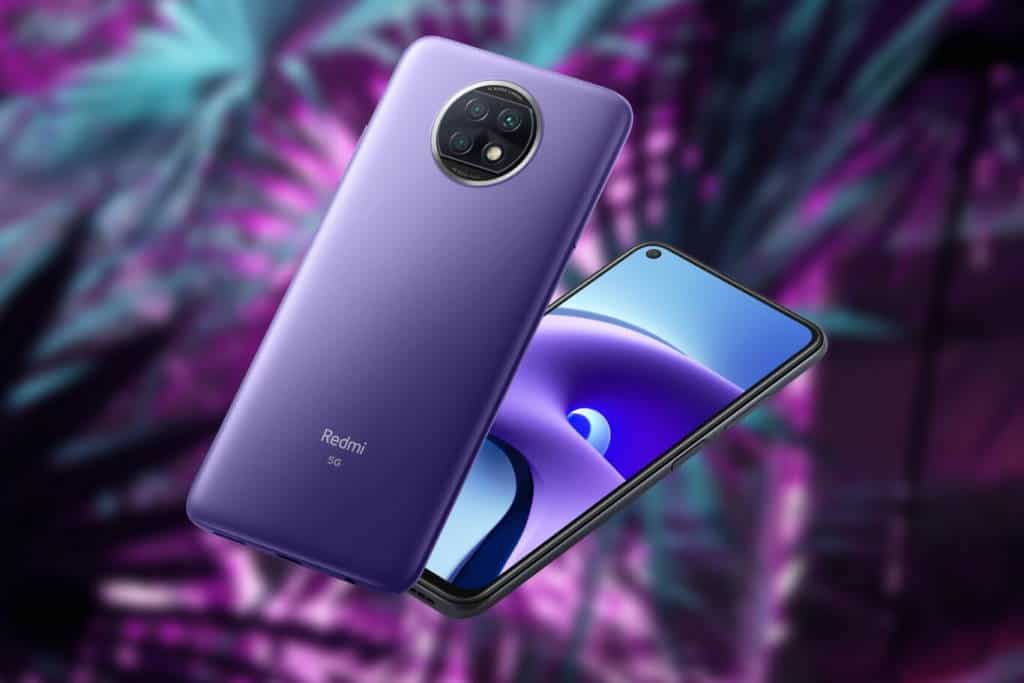You might be surprised at the wealth of music streaming services available, and the variations in sound quality. Here’s everything you need to know in one handy guide.

As much as some of us old codgers still love spinning our compact discs or slabs of vinyl, there’s no denying the revolution in streaming music.
Much as television has moved from live broadcasts and set programming times to the current surplus of Netflix-style services and the resultant glut of content, music is now mostly consumed via free and subscription streaming services.
Would you like to support our mission to bring intelligence, insight and great writing to entertainment journalism? Help to pay for the coffee that keeps our brains working and fingers typing just for you. Witchdoctor, entertainment for grownups. Your one-off (or monthly) $5 or $10 donation will support Witchdoctor.co.nz. and help us keep producing quality content. It’s really easy to donate, just click the ‘Become a supporter’ button below.
While there’s endless debate about the low payments artists receive from Spotify and its smaller rivals, there’s no doubt that the huge catalogues available to listen to at the touch of a button have ushered in a new age of music discovery and revolutionised the act of music listening for the consumer.
Of course, none of this would have been possible without the internet revolution and – more specifically – the fast speeds of fibre, along with the development of wireless connections.
But what’s actually out there? Is your go-to music streaming service really your best bet? Witchdoctor’s A to Z guide to music streaming services looks at the scope of each of the available services along with the price tier and – most importantly to some – the quality of the sound.
Amazon Music Unlimited
Price – US$14.50 per month
Audio quality – Hi-res available
Pros – Massive catalogue, hi-res option
Cons – Only available in US dollars so you’re at the mercy of exchange rates
It makes sense that Amazon – with its tentacles feeling their way across multiple consumer categories – would weigh in with its own streaming music service. And it’s a doozy. With a huge catalogue that rivals Spotify and Apple Music for sheer breadth, Amazon Music Unlimited looks set to try and outgun the others in any way it can. Own Amazon Echo Bluetooth speakers? Why, have a subscription for a mere US$5.90 per month. Want a full-blown subscription? That’ll be US$14.50 per month. Want a family deal? Give us US$22 per month. Oh, you’re an audiophile? Here’s your helping in HD for just US$14.99 (approximately NZ$20).
The sound quality on AMU’s standard plans is reputedly more detailed and dynamic than Spotify, but Amazon won’t reveal the science behind its sonics. How does AMU’s HD measure up compared to the other services offering audiophile reproduction? The service claims 70 million albums in HD, and five million songs in ‘ultra HD’ (up to 10x+ bitrate). ‘HD’ means CD quality (16-bit, 44.1 kHz). Ultra HD means ‘better than CD-quality audio’ up to 3730 kbps with up to 24-bit/192 kHz.
Amazon Music doesn’t have a free stratum but you can try it free for a month.
Price – $14.99 per month
Audio quality – Apple Lossless, resolutions ranging from 16-bit/44.1 kHz (CD Quality) up to 24-bit/192 kHz
Pros – Massive catalogue, user-friendly for Apple fans
Cons – We can’t think of any
Like Amazon Music, Apple Music boasts a huge 70-million plus songs and for owners of Apple gadgets like computers and iPhones, using it makes a lot of sense. Like all Apple interfaces, the user experience is clean, clear and crisp, and prices are great considering that it’s now beamed to your in hi-res: Individuals at $14.99 per month and families for $22.99 per month. (You get a discount if you bundle Apple Music with other Apple services).
Apple Music is nicely curated and even our most obscure favourites can be found. Includes a profusion of curated events and radio stations.
Bandcamp
Price – Pay per download
Audio quality – Up to hi-res
Pros – Great way to sample and buy albums
Cons – Not a radio station
This California-based internet music company (rather than radio station) allows artists and labels to download their music and control how they sell it.
Generally, a band’s music is available to listen to once, for free, but hi-res versions are only available as paid-for downloads. As of 2020, half of the purchases weren’t for digital downloads but CDs or records.
While Bandcamp is a great way to support artists and get in on the ground level to discover new acts, it’s not a radio station-type of service like most of the streaming options here.
Deezer
Price – $12.99 per month, hi-res $19.49 per month
Audio quality – up to CD-quality
Pros – Huge catalogue, easy UI and optional hi-res
Cons – Not as well known as the major players, compatibility with audio products limited
Owned by the Warner Music Group, this French music service boasts a catalogue of 73 million songs and a mindboggling 30,000 radio stations along with loads of podcasts. Though it has yet to gain massive traction in this part of the world (it only became available in NZ in 2018) Deezer’s offering is fairly similar to the other major players: there’s a free version with ads and limited applicability, and a number of other subscription options.
Deezer was one of the first music streaming services to offer a hi-fi (CD quality) layer for those willing to pay the extra, and like Spotify, premium users can download tracks and listen offline in the car (or wherever).
The free level contains ads and is restricted to Shuffle Play, while the Premium sub is $12.99 per month (or $116.91 annually). There’s also a six-account Family Plan for $19.49 per month, and the Hi-Fi option for the same price.
Idagio
Price – Free option, Premium US$9.99 per month, Premium+ US$12.99
Audio quality – The free version is at 192Mbps, Premium is 320Kbps and Premium+ is CD-quality.
Pros – Concert Hall live shows, simple interface
Cons – No death metal (joke)
Streaming music’s first notable classical music service was established in Germany back in 2015 and is now available in New Zealand. Its recent contender, Primephonic, has been purchased by Apple Music and folded into that service.
Global Concert Hall is an exclusive performance section and Idagio pays 80 percent of every playback to the artist, which is unprecedented in the notoriously low ‘per stream’ artist payment model.
Idagio offers a free version with ad interruptions and fewer functions, and just one paid option – Idagio Premium – for $9.99 per month. The paid strata supposedly offers lossless audio, but doesn’t say exactly what this entails.
iHeart Radio
Price – Free (but there’s a price to pay for that)
Audio quality – MP3
Pros – Wide variety of radio stations, curated artist streams, podcasts
Cons – No web version, no hi-res audio
This free streaming service is American-owned and geared to old-fashioned fans of 20th-century radio stations that want to carry on doing the same thing in the digital era.
Essentially, iHeart radio is an umbrella for any number of traditional radio stations to group around, including NZ stations. It also carries an astounding 250,000 podcasts and a dedicated children’s channel.
It’s possible to listen to individual artists on iHeart Radio but the free model means interruptions from ads and of course, no hi-res action.
Mixcloud
Price – Free
Audio quality – Up to 320k
Pros – Great for DJ mixes
Cons – No hi-res, not downloadable, no individual songs
Like Bandcamp, Mixcloud is an artist-based streaming service-oriented towards DJ mixes, radio shows and podcasts.
As the name implies, its emphasis is on dance music – although they’re clearly trying to extend their musical boundaries – and to avoid legal complications, there’s no facility to download its content. However, listeners can keep track of their favourite shows, build playlists and listen across their different devices.
Mixcloud also allows fans to gift financial contributions to the artists they really love.
Qobuz
Price – $21.99 per month
Audio quality – 192kHz 24-bit FLAC and “studio quality”
Pros – The go-to for audiophiles, a decent catalogue of around 70 million songs, pays highest rates per stream to artists
Cons – A little pricier than some services
French streaming music service Qobuz is the popular choice with audiophiles because it offers a hi-res layer without the MQA jiggery-pokery of Tidal. Qobuz finally launched in Australia and New Zealand in April 2021, which means we pay in NZ dollars and there’s a genuine effort made to include Kiwi content. With 15 editorial music connoisseurs on board, Qobuz uniquely offers loads of great background info and record label info.
Another distinctive feature is the availability of proper downloads to purchase, the cost of which reduces considerably with the slightly more pricey Studio Sublime subscriptions (with an annual sub, the monthly toll is $29.16 against the $23.33 of a Studio Premier sub). The service currently claims to have more than 240,000 albums in hi-res and 70 million tracks in CD lossless 24-bit FLAC up to 192 kHz. It recently announced a partnership with wireless speaker company Sonos.
SoundCloud
Price – Free and a $7.99 and $14.99 tier
Audio quality – Free users limited to 320kbs, top tier offers “high-quality audio”.
Pros – Takes an artist approach, loads of content
Cons – Downloads required to get best quality
While SoundCloud shares an artist-oriented approach with Mixcloud and Bandcamp, it’s different in that there are both free and subscription options. This German company has had money problems in the past but has recently received a 75 million dollar investment.
While free users can listen to unlimited music there’s a 180-minute limit on downloads. Free streaming is also limited to 320kbps and to get hi-res files the user must download in the format they require.
SoundCloud Go is the subscription option for $7.99 per month, with ad-free listening and the ability to save tracks for later. SoundCloud G+ offers over 150 million tracks to listen to in what they call “high-quality audio,” as well as the ability to remix all DJ tracks! Currently, they offer the first three months for 99 cents with $14.99 a month after that. All prices in NZ dollars!
Spotify
Price – Free and Premium tiers
Audio quality – Up to 320kbit
Pros – Huge inventory, shared playlists, intuitive algorithms
Cons – Still no hi-res option
Often called ‘the Netflix of streaming music’, the Swedish-originated outfit has aggressively and cleverly marketed its services to the point that – for many Kiwis – it’s the only option they know (or care to know) about.
More than any other music streaming company, Spotify has been criticised for the very low fees it passes on to musicians, with artists like Taylor Swift boycotting the service for a brief period. But it’s easy to see why it’s the popular choice with the public: the free tier (with ads) means that anyone can access it, and its emphasis on sharable playlists makes it user-friendly and keeps its profile sky high.

Add to that a huge inventory that few others can compete with and intelligent matching of music genres (its clever bots will generate playlists of music that you might like based on the characteristics of songs you have listened to) and it’s a no-brainer.
Spotify has yet to instigate hi-res capability. Free Spotify is only 128 kbit/s, while a Premium account is up to 320 kbit/s. Current NZ prices are $14.99 for the basic plan, $12.99 for two accounts, and $22.99 for a family account.
Tidal
Price – US$9.99 or US$19.99
Audio quality – Up to HiFi (FLAC) and Master Quality Assured (MQA) hi-res
Pros – Hi-res “lossless” claimed, compatible with hi-fi gear
Cons – Messy catalogue, patchy catalogue availability, MQA controversial technology
This Norway-originated streaming service (which recently sold to Twitter’s co-founder) got the big thumbs up from contemporary R&B artists like Jay-Z when it launched in the US, and although it boasts a library of around 60 million songs, there’s a detectable preference in its algorithms towards that genre of music.
Which isn’t to say there aren’t extensive selections of every genre, of course. The downside for some audiophiles is that Tidal has invested in MQA technology, a way to create much smaller file sizes that the service claims are lossless. To take full advantage of this technology, listeners have to have compatible gear to process the MQA signals, and there are some audio pundits who have analysed the signals and found them wanting.
MQA stands for Master Quality Assured and its HiFi tier costs $19.99 in American dollars, while its standard subscription is $9.99 US. There’s a relatively small catalogue of better-than-CD albums while HiFi subscribers get to hear everything in at least CD-quality, they claim.
Tidal’s reach is to some degree limited by having no free version, which means no sharing of playlists. It can also be a frustrating experience looking for the definitive version of classic recordings with many copies of the same thing cropping up with little in the way of explanation as to whether it’s an original recording or a remaster. And the catalogue is demonstrably smaller than Spotify’s.
YouTube Music
Price – Free and US$12.99
Audio quality – Up to 256kbit/s.
Pros – Convenient for regular YouTube users
Cons – Lack of hi-res option
For those music listeners who already spend a massive amount of time browsing through YouTube music videos, YouTube Music might be a convenient option. Formerly Google Play Music, YouTube Music – as expected – allows users to listen to ad-free playback as well as download tracks.
There are two ways to get YouTube music: either as a standalone app or as part of a YouTube Premium subscription. The audio quality is capped at 256kbit/s. There’s one-month free trial with a monthly charge of US$12.99.
General feedback from ardent music streaming listeners is that Spotify is better for finding new music and managing playlists.

Others…
It’s worth noting that just about any old-fashioned radio station these days makes its programmes available for listening back to online, so there’s a wealth of musical entertainment available. But the real joy of the streaming services mentioned in this guide is that you can listen to whatever you want whenever you want.

Witchdoctor’s recommendation
It’s hard to go past the convenience of Spotify with its free version (not to mention subscriptions provided free through some service providers). Those after better audio will want to avail themselves of either Tidal or Qobuz for dedicated audiophile listening, and Apple fans will find it hard to go past Apple Music, which represents the best value in hi-res sound. Something that will make a difference to some is compatibility with audio gear. Spotify and Tidal are embedded in quite a few brands for easy access, while some are browser-only and others are simply smartphone apps. Then again, if your objective is to support the musicians, a service like Bandcamp makes a lot of sense. While it’s not set up as a radio station like Spotify, et al, it’s a great way to explore. Ultimately, paid subscriptions to one of the services are the way to go for the whole family. This way, full advantage can be taken with playlists, and the service’s algorithms will get to know your musical preferences and help you explore. Because we care about audio and love the careful curatorial work that goes on at both Apple and Qobuz, they’re Witchdoctor’s go-to services.
Witchdoctor’s Buyer’s Guides are brought to you by Slingshot



























